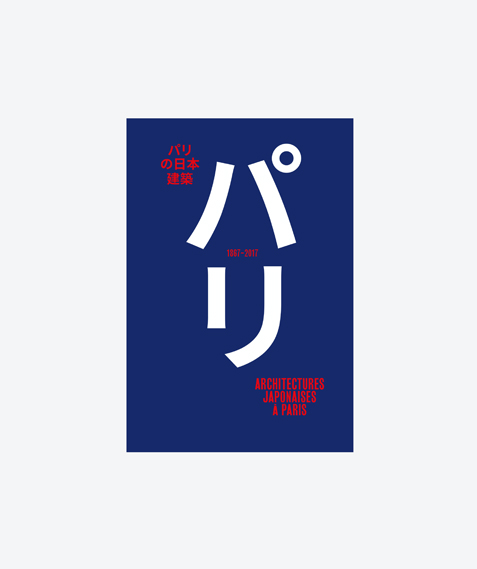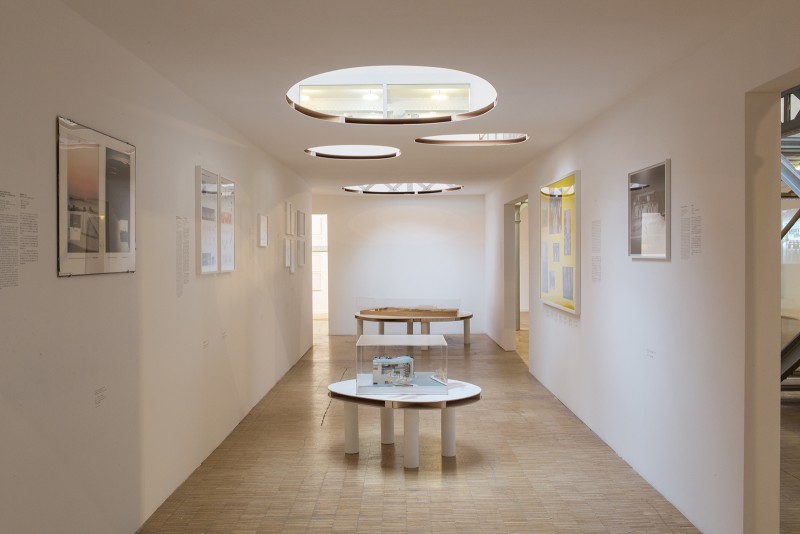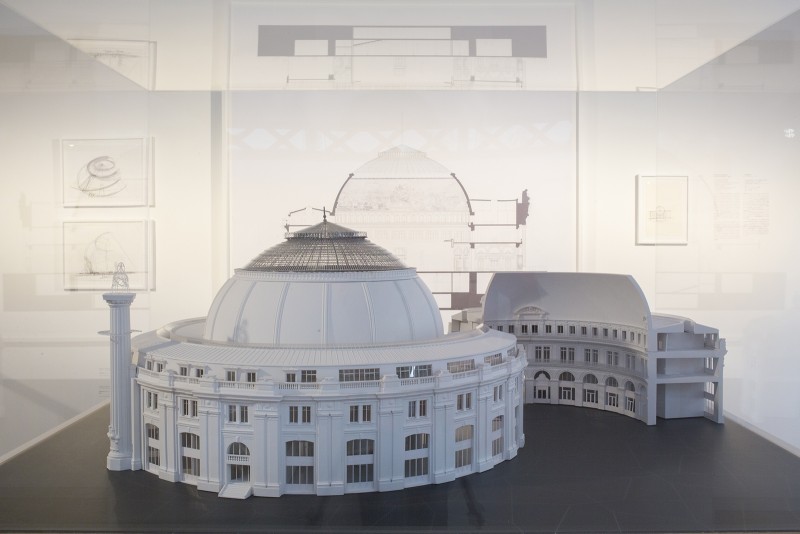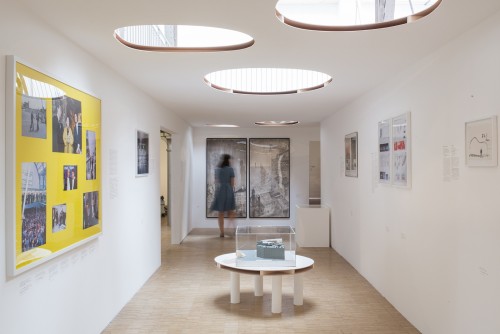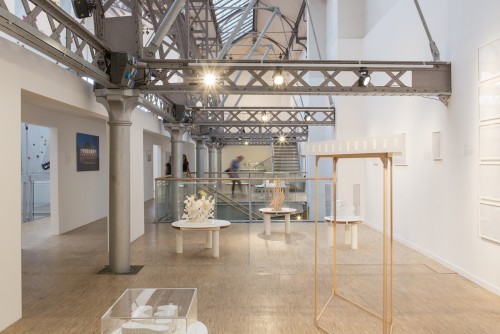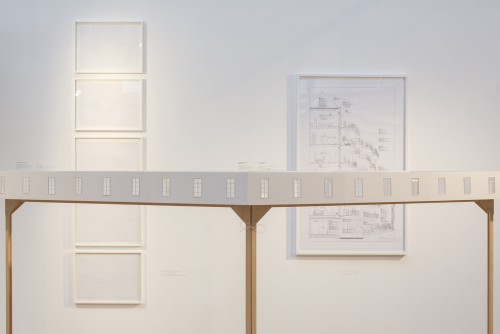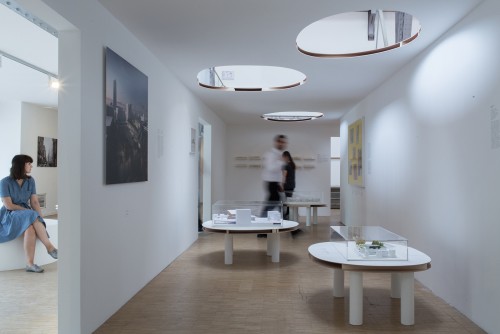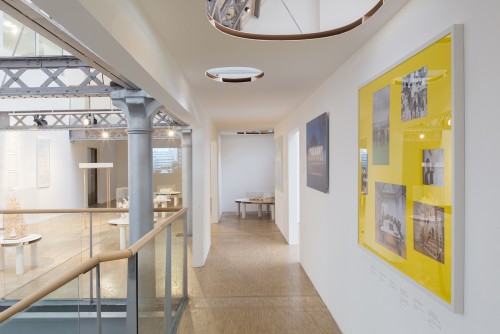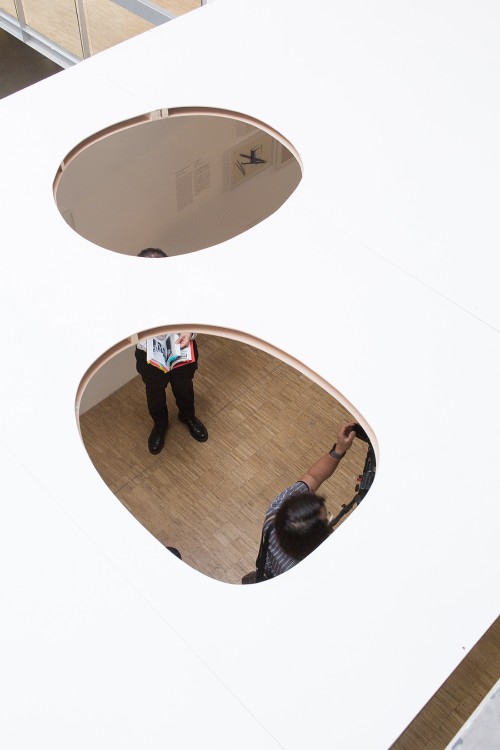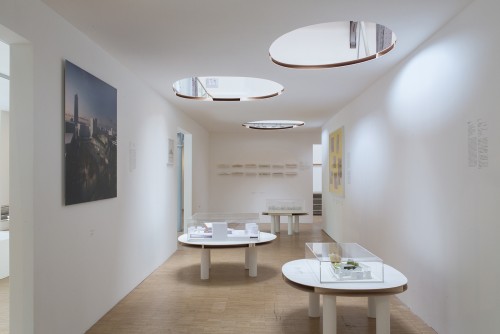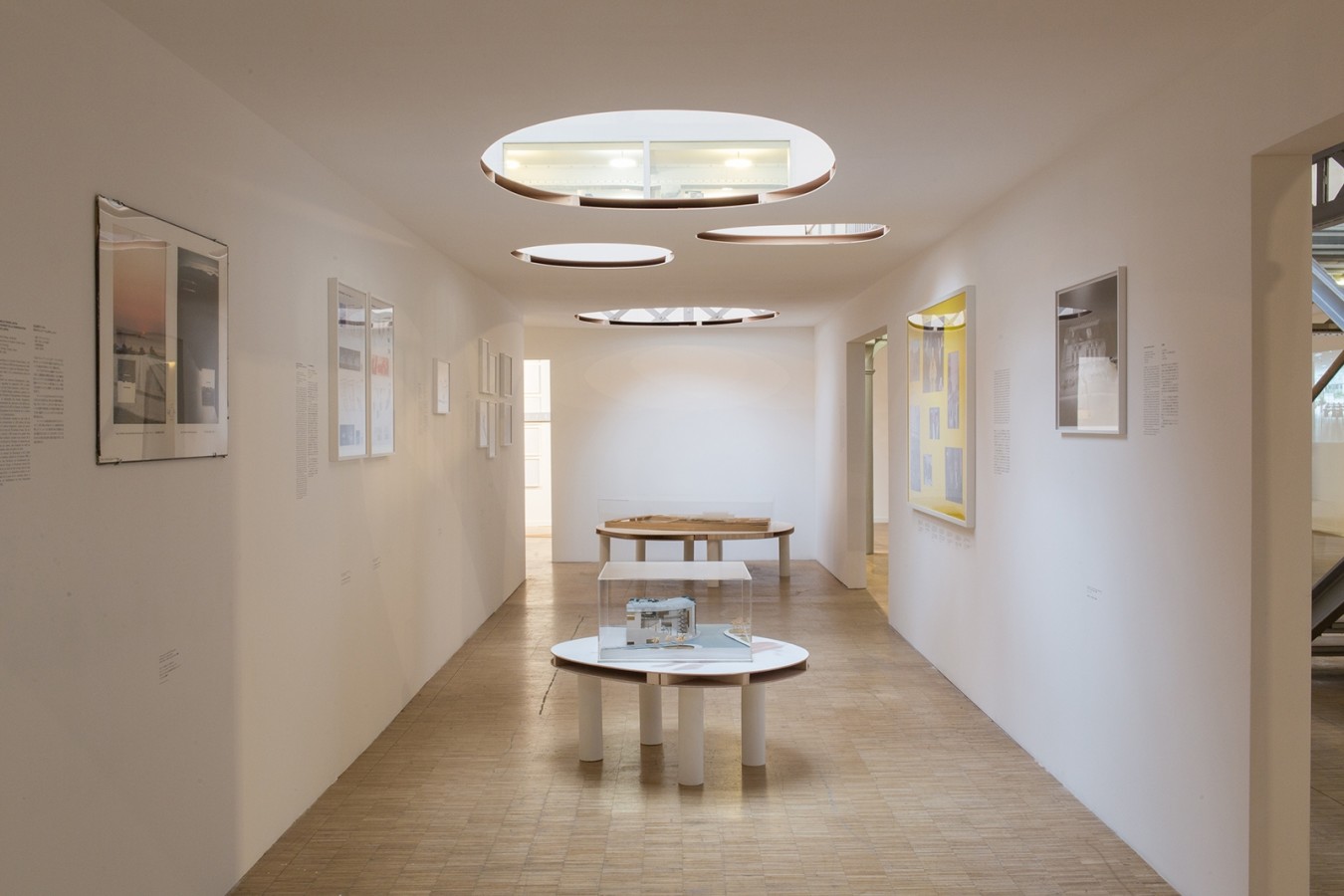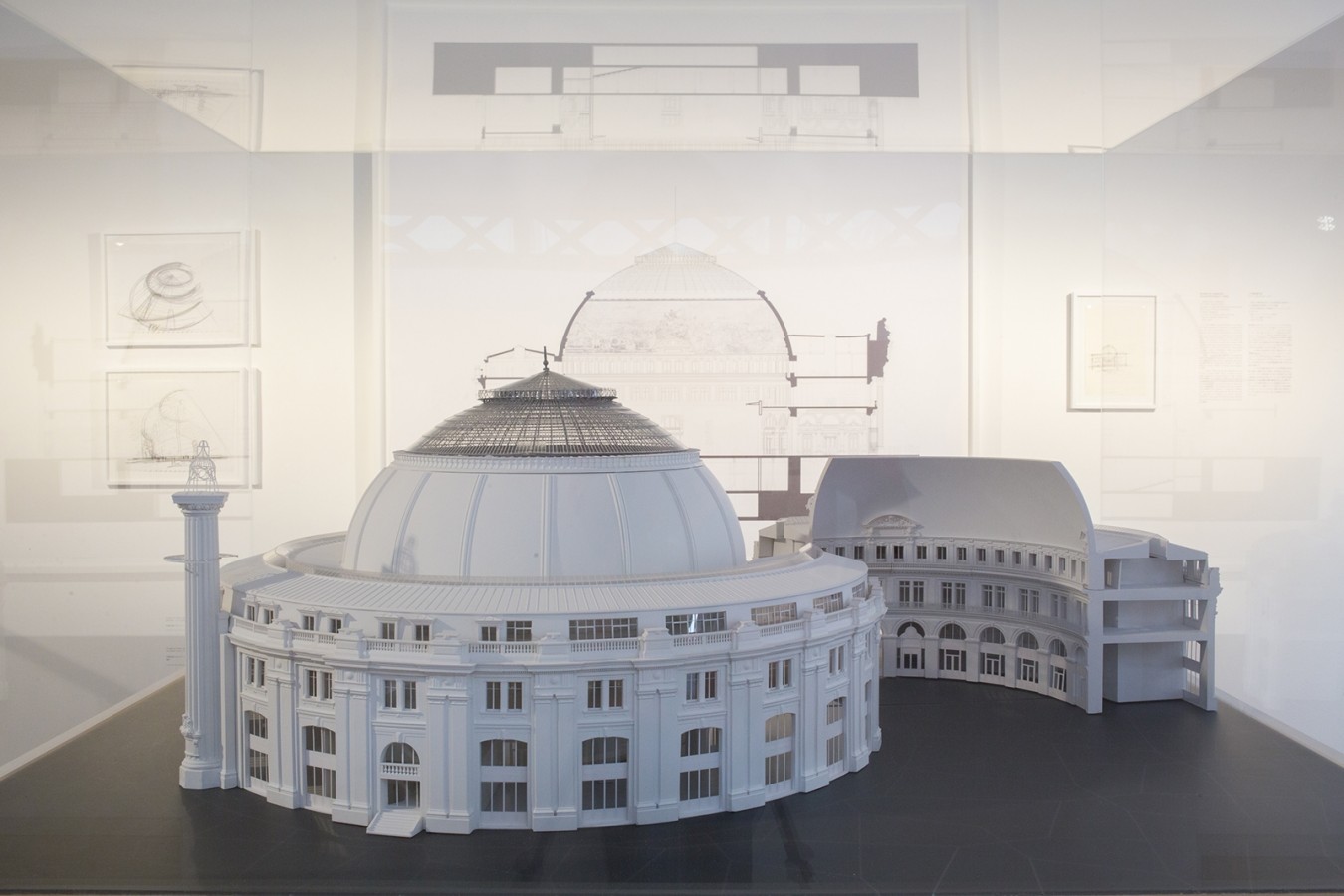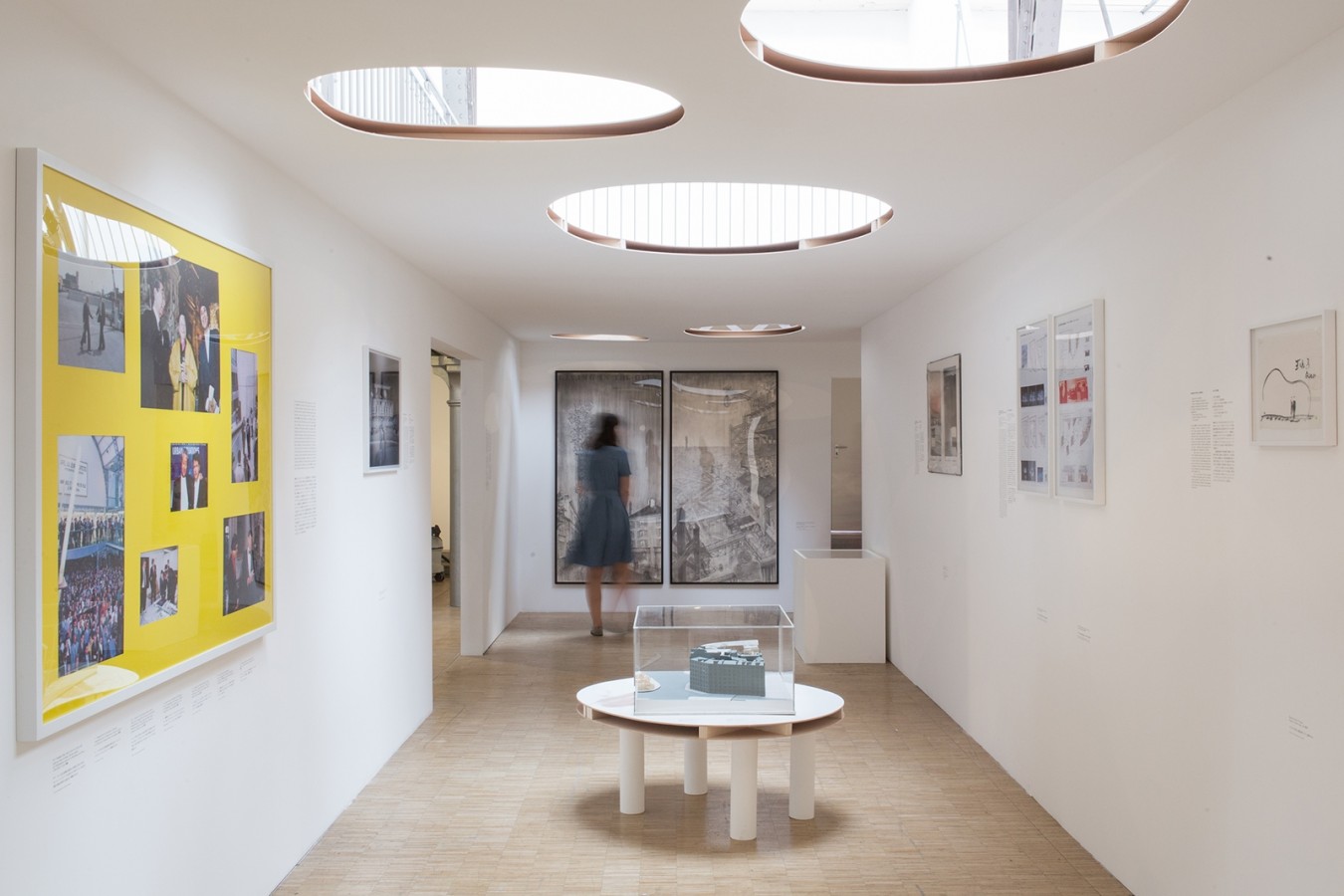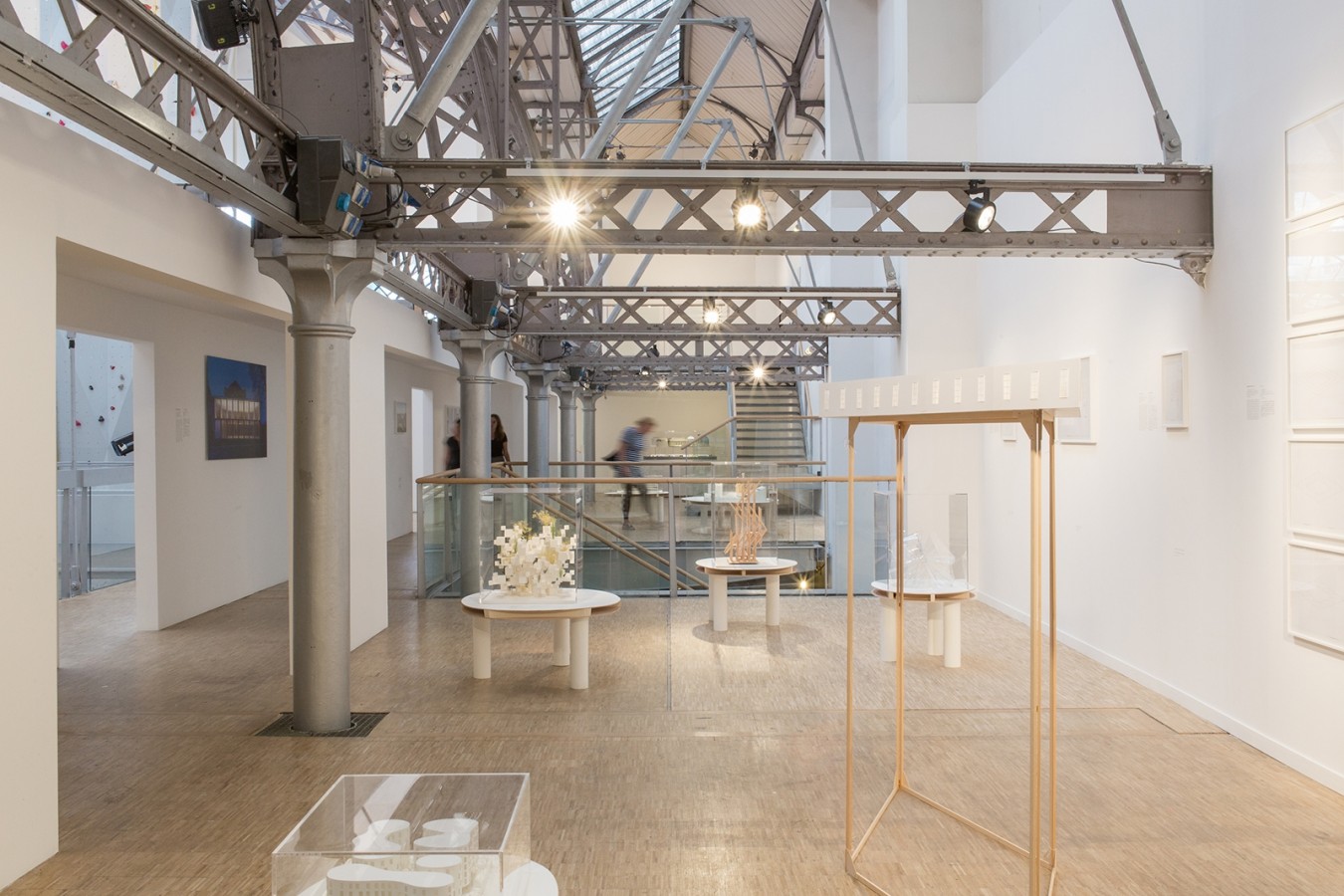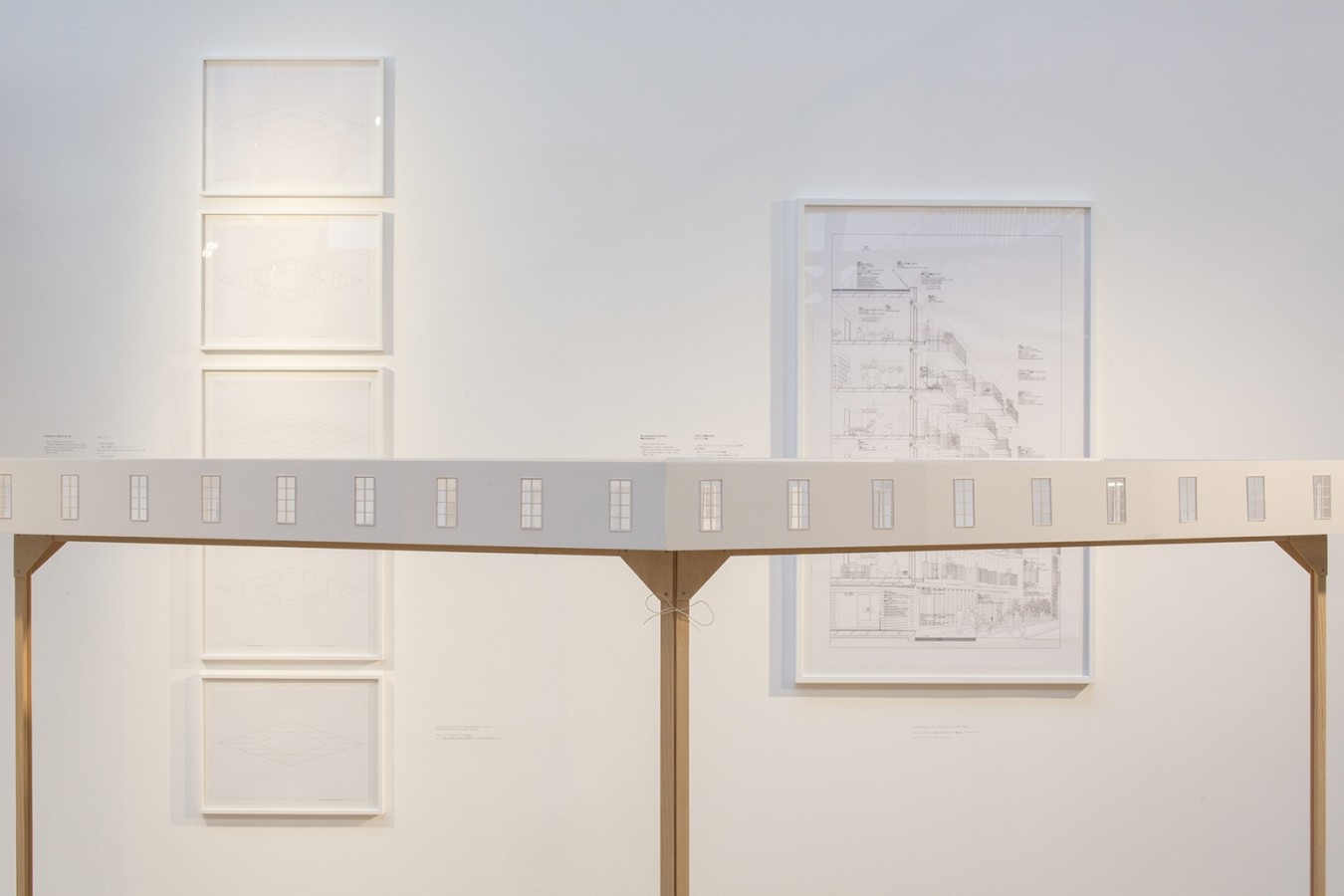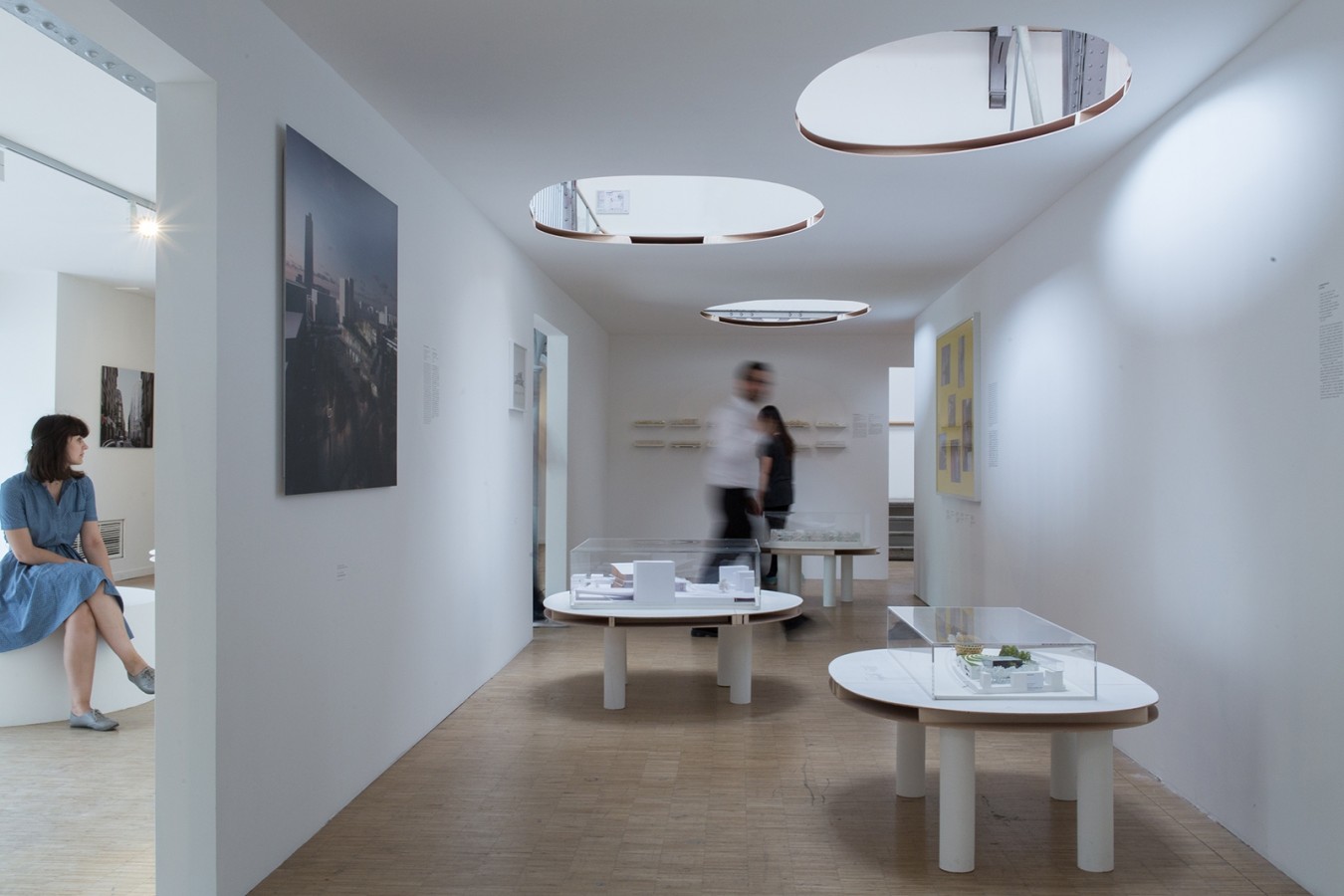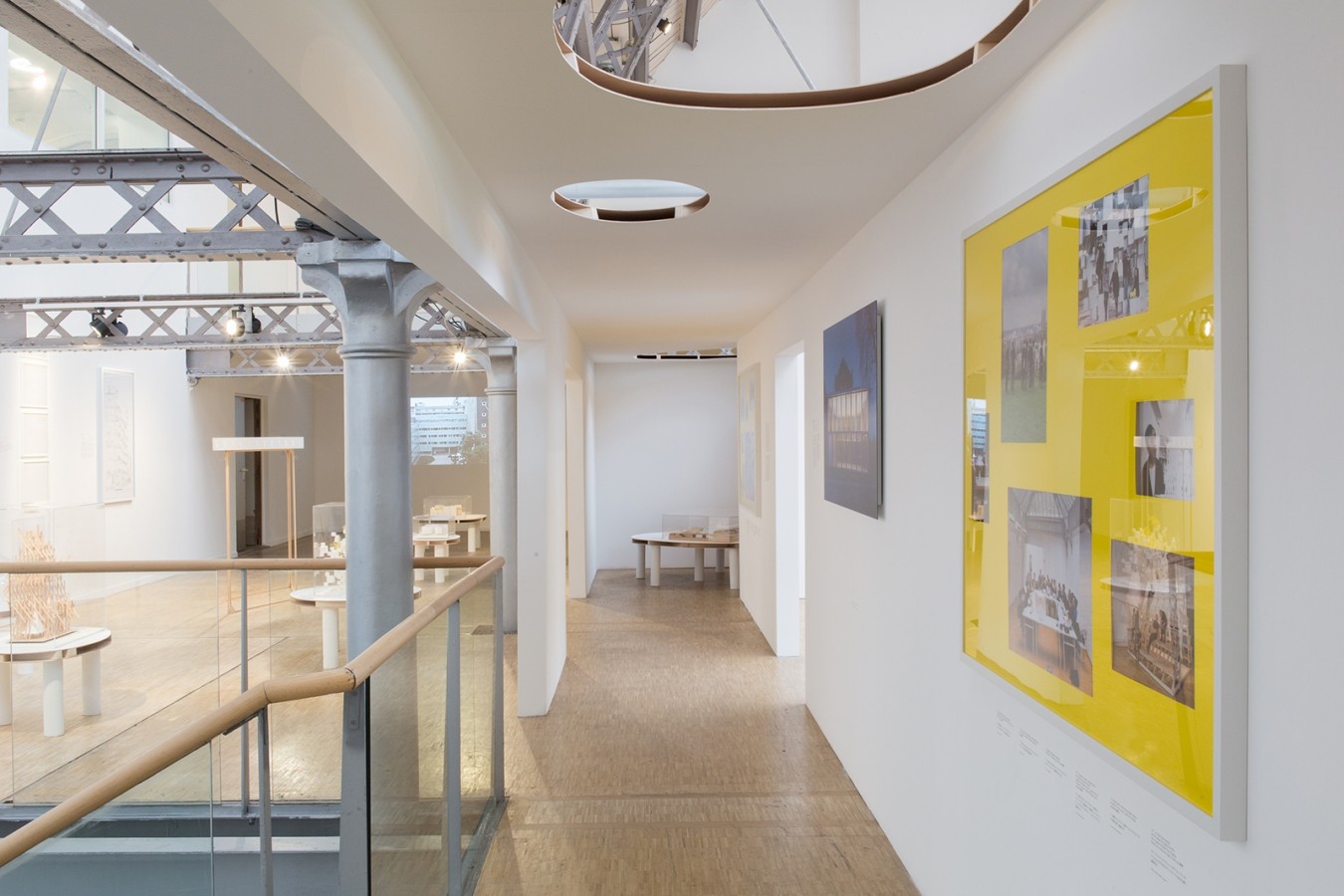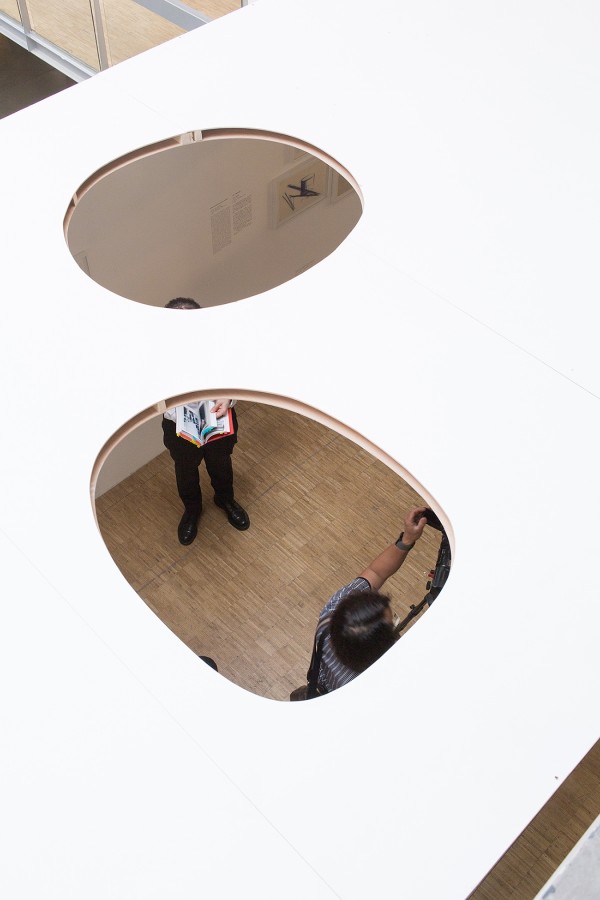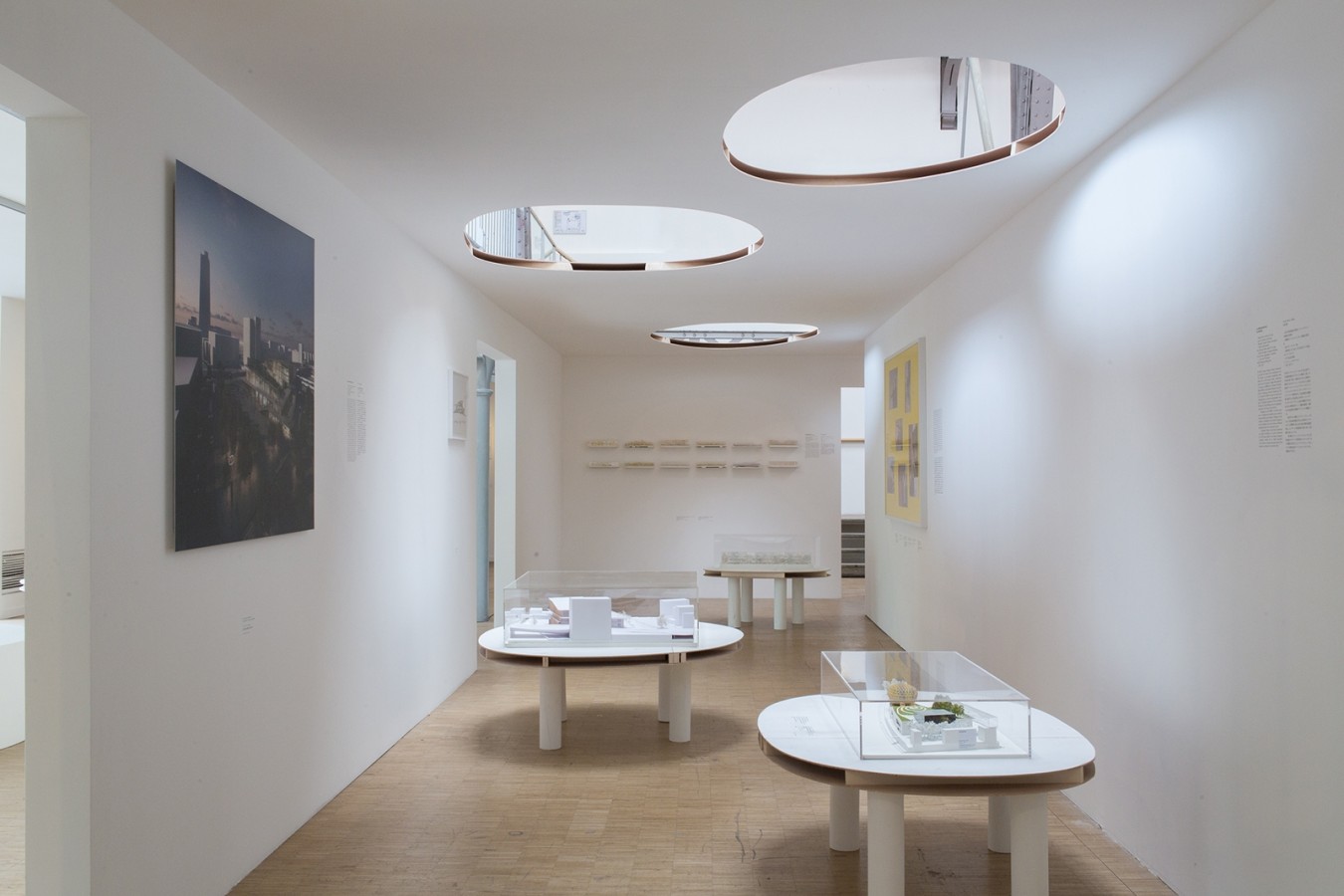Japanese architects have written a unique but largely unknown story in Paris, rich in multiple encounters, exhibitions, installations, and highly emblematic projects and constructions. This exhibition and its accompanying catalogue reveal for the first time a dialogue between two cultures that began at the close of the 19th century and today boasts a dozen of major constructions that are either in progress or have been recently delivered, including the Collection Pinault-Paris at the Bourse de Commerce, the Learning Center in Saclay, the Mille Arbres project, the bridging Aurore building on the Left Bank, the Seine Musicale in Boulogne-Billancourt, and the transformation of the Samaritaine department store.
This exhibition assembles over fifty models, design sketches, archival documents, and films narrating through it also the history of urban development in the Île de France: the invention of modernity, the creation of La Défense, the demolition of Les Halles, the period of the Grands Travaux undertaken in consultation with international architects, new approaches to collective housing, experimental constructions in wood and composite materials, and the search for new urban and construction models. Rereading Paris’ history through its Japanese architecture thus provides a new perspective on the periods of the city’s major transformation and on the main issues facing the city of tomorrow: fluidity, transparence, porousness, mixed usage, and the integration of nature. The exhibition sets forth the notion of a shared heritage, theoretical and constructed, that tied Japanese and French architects such as Junzo Sakakura and Charlotte Perriand in the past, and today Sou Fujimoto and Manal Rachdi or Laisné-Roussel, Shinichi Kawakatsu and Benjamin Aubry, Atelier Bow-Wow and Brunnquell & André, NeM and Tadao Ando.
Through some seventy emblematic projects, the exhibition “Japanese Architecture in Paris, 1867-2017” explores the history and present of the Grand Paris project through the prism of a dialogue between two cultures that began 150 years ago.
Sponsor of Japanese Architecture in Paris




